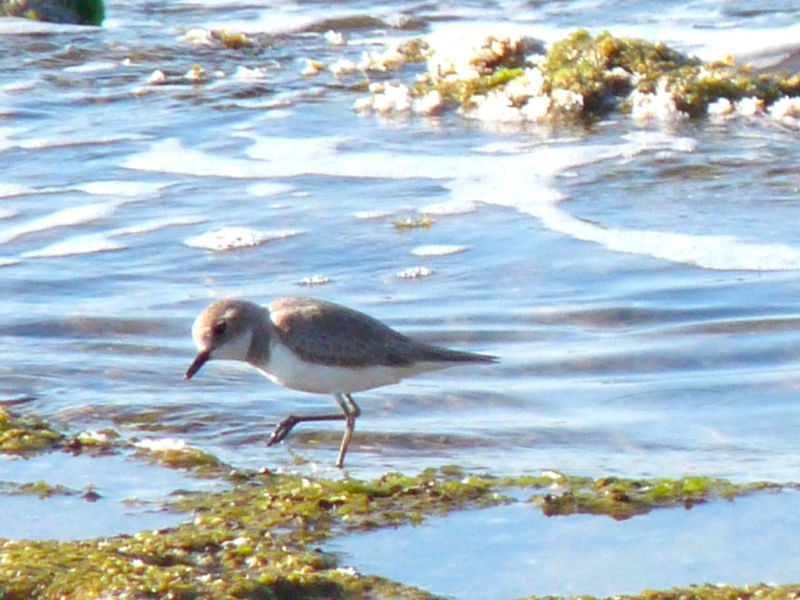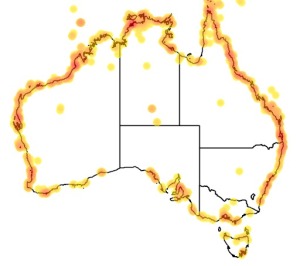Colours
Distinguishing features
This chunky plover is long-legged and thick-billed. Breeding males have grey backs and white underparts. The breast, forehead and nape are chestnut, and there is a black eye mask. The female is duller, and winter and juvenile birds lack the chestnut, apart from a hint of rufous on the head. Legs are greenish and the bill black.
In all plumages, it is very similar to Lesser Sand Plover. Separating the species may be straightforward in mixed wintering flocks on an Indian beach, where the difference in size and structure is obvious; it is another thing altogether to identify a lone vagrant to western Europe, where both species are very rare. The problem is compounded in that the Middle Eastern race of the greater sand plover is the most similar to the lesser species. (Wikipedia).
Size
- From 20 cm to 23 cm (Length of specimen)
Wingspan
- From 44 cm to 60 cm
Synonyms
Distribution
Distribution and habitat preferences
It breeds in the semi-deserts of Turkey and eastwards through Central Asia. It nests in a bare ground scrape. This species is strongly migratory, wintering on sandy beaches in east Africa, south Asia and Australasia.
It is a rare vagrant in western Europe, where it has been recorded as far west as Great Britain, France and Iceland.
It is typically found in coastal regions rather than inland. (Wikipedia)
Audio recordings
Diet
Its food consists of insects, crustaceans and annelid worms, which are obtained by a run-and-pause technique, rather than the steady probing of some other wader groups. (Wikipedia)
Web resources
References
- Simpson, K., N. Day and P. Trusler (2004). Field Guide to Birds of Australia: 7th Edition Penguin Group (Australia), Camberwell, Victoria.


